Table of Contents
- Origins & Background
- Flavor Profile Comparison
- Heat Level: Who's Hotter?
- Culinary Uses and Recipes
- Buying Guide: Choosing the Right Pepper
- Storage Tips for Freshness
- Cooking Tips and Tricks
- Frequently Asked Questions
- Conclusion
Origins & Background
The pasilla and poblano are both native to Mexico, but they come from different pepper families and have distinct histories. Important clarification: Pasilla peppers are actually the dried form of the chilaca pepper, not poblano. When poblano peppers are dried, they become ancho or mulato peppers. This common confusion often leads to incorrect substitutions in recipes.
- Pasilla: Known botanically as Capsicum annuum 'Pasilla', it starts life green but matures to a dark brownish-black color when dried. It's often referred to as 'chile negro' in its dried form.
- Poblano: Named after the city of Puebla, the poblano pepper (also Capsicum annuum) is typically used fresh or roasted while still green. When dried, it becomes ancho or mulato depending on the maturity level.
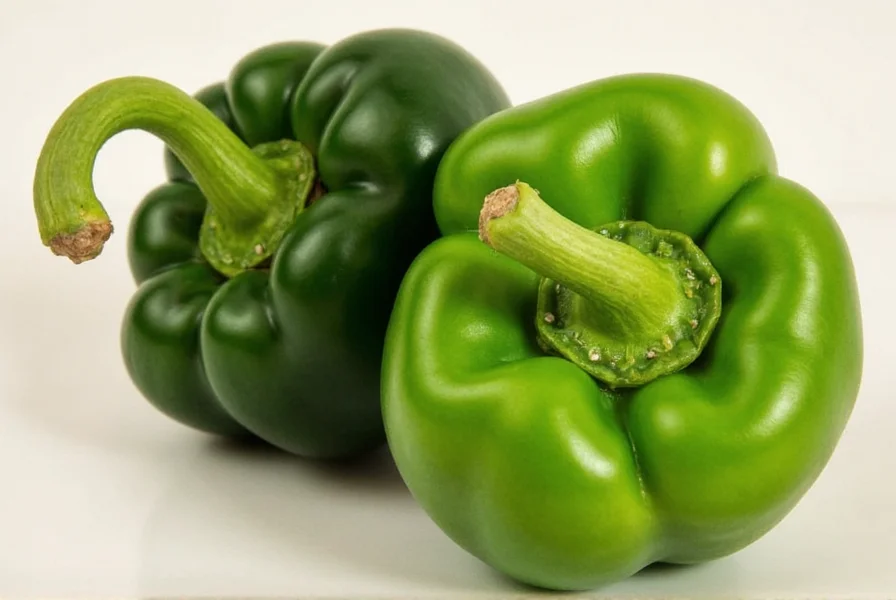
Mexico's Rich Pepper Heritage
Mexico is home to over 150 varieties of chili peppers, and each region has its preferred spice. Pasilla peppers are commonly found in southern states like Oaxaca, while poblanos dominate central regions such as Puebla and Tlaxcala.
Flavor Profile Comparison
| Pepper | Flavor Notes | Best For |
|---|---|---|
| Pasilla | Earthy, raisin-like, smoky, with mild sweetness | Sauces, moles, soups |
| Poblano | Grassy, slightly bitter, rich, nutty when roasted | Stuffed peppers, salsas, cream sauces |
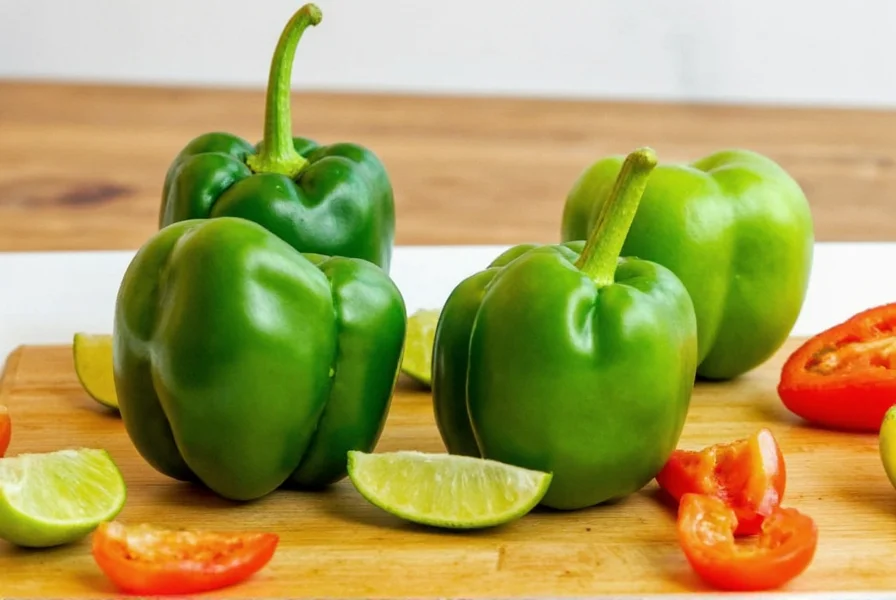
Why Flavor Matters in Cooking
The flavor of a pepper can transform a dish entirely. The pasilla brings depth and complexity, making it ideal for slow-simmered sauces and complex dishes like mole negro. The poblano, on the other hand, offers a fresher, more vegetal note that shines in simpler recipes where its natural taste can be highlighted.
Heat Level: Who's Hotter?
Both peppers are relatively mild compared to jalapeños or habaneros, but they differ in heat levels:
- Pasilla: 1,000–2,500 Scoville Heat Units (SHU)
- Poblano: 1,000–2,000 SHU
In reality, the poblano tends to be milder unless left to ripen longer, which can increase its heat slightly. However, the pasilla can sometimes offer a more lingering warmth due to its smoky depth.
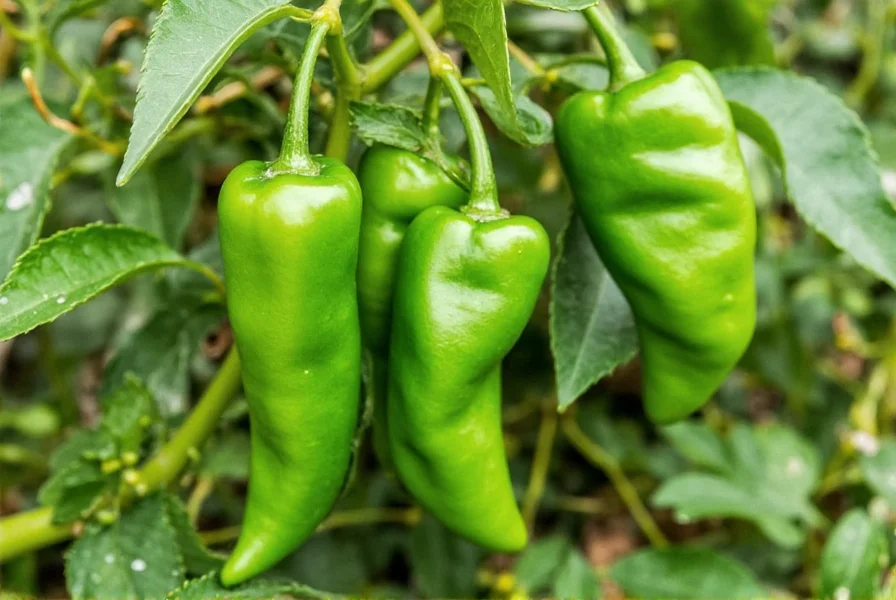
Practical Tip: Know Your Spice Tolerance
- If you're serving kids or spice-sensitive guests, go with poblano.
- For deeper, slow-burn heat, pasilla is your best bet.
Culinary Uses and Recipes
Each pepper plays a unique role in traditional and modern recipes:
Pasilla Uses
- Used in classic mole sauces, especially from Oaxaca
- Great for purees, stews, and long-cooked braises
- Adds richness to vegetarian dishes and vegan alternatives
Poblano Uses
- Famous in stuffed chiles rellenos
- Perfect for salsas verdes, rajas con crema, and creamy polenta
- Roasting enhances its flavor significantly
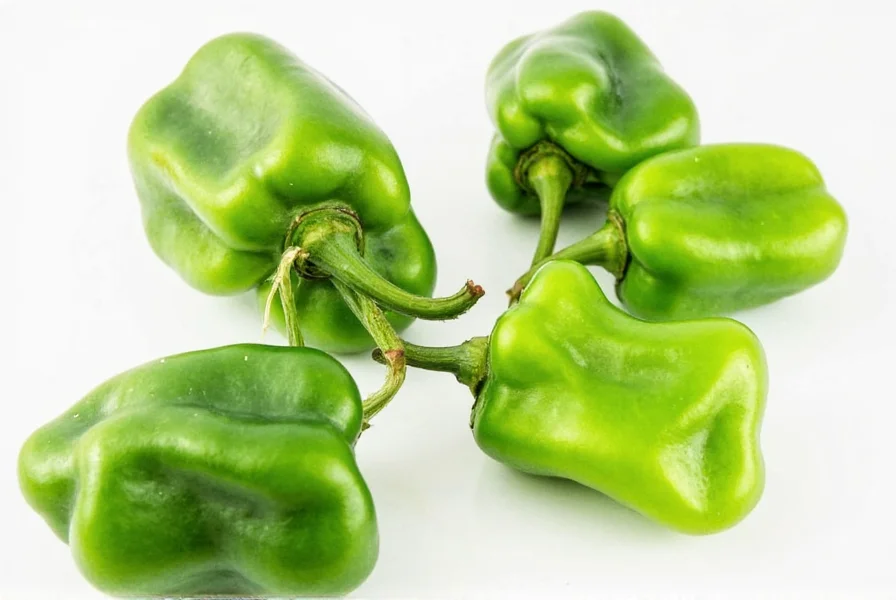
Buying Guide: Choosing the Right Pepper
Whether you're at a local farmer's market or a global grocery chain, knowing what to look for makes a big difference.
How to Choose Fresh Pasilla Peppers
- Look for firm, shiny skin without soft spots
- Color should be dark green to black (when mature)
- Avoid overly wrinkled or mushy peppers
How to Choose Fresh Poblano Peppers
- Bright, glossy green skin
- Firm to the touch
- Medium thickness (not too thin)
Dried Peppers: What to Look For
- No signs of mold or excessive dryness
- Should retain some flexibility
- Deep, rich color (especially for dried pasilla)
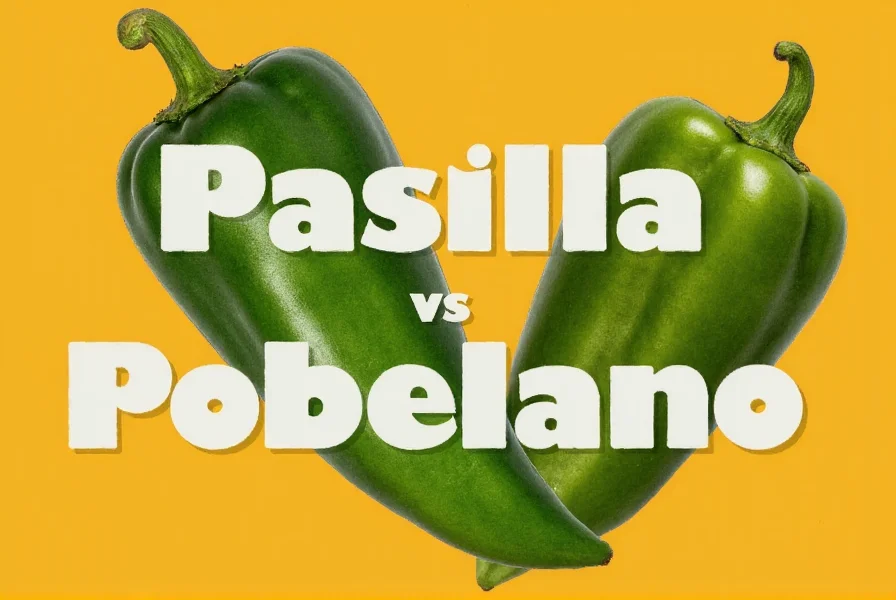
Storage Tips for Freshness
- Refrigerate fresh peppers in a plastic bag for up to a week
- Freeze whole or sliced for future use (no blanching needed)
- Dried peppers should be stored in airtight containers away from light
Cooking Tips and Tricks
Here are some quick hacks to maximize flavor and ease of use:
- Roast them first: Especially for poblanos. This removes the skin and intensifies flavor.
- Soak dried pasillas: Before using in sauces or soups. Use warm water or broth for extra flavor.
- Pair wisely: Pasilla loves chocolate, cinnamon, and sesame seeds. Poblano pairs well with cheese, cream, corn, and avocado.
- Blend for sauces: Both can be blended with garlic, onion, and spices for quick bases.

Frequently Asked Questions
What's the main difference between pasilla and poblano peppers?
The main difference is that pasilla peppers are typically used in their dried form and have an earthy, raisin-like flavor, while poblanos are usually used fresh and have a grassier, milder taste. Pasillas are long and skinny, while poblanos are heart-shaped and wider. Important note: Pasilla is dried chilaca pepper, not dried poblano (which is ancho).
Can I substitute pasilla for poblano (or vice versa) in recipes?
You can substitute them with some caveats. If a recipe calls for dried pasilla and you only have fresh poblano, you'll need to use more poblano and possibly add smoked paprika to mimic the smokiness. If substituting fresh poblano for dried pasilla, remember that dried peppers have concentrated flavor, so you'll need more fresh pepper. The substitution works better one way than the other - poblano can often replace pasilla in a pinch, but pasilla isn't the best substitute for fresh poblano in dishes like chiles rellenos.
Which pepper is hotter, pasilla or poblano?
Technically, pasilla has a slightly higher heat range (1,000-2,500 SHU) compared to poblano (1,000-2,000 SHU), but in practice, poblanos are often milder. The heat can vary based on growing conditions and how long the pepper was left on the plant. Neither is considered particularly hot compared to other chili peppers.
What happens if I leave a poblano pepper on the plant longer?
If you allow a poblano to fully ripen on the plant, it turns from green to red and eventually becomes what's known as an "ancho" pepper when dried. The flavor becomes sweeter and somewhat fruitier, while the heat level may increase slightly. Fully ripened poblanos are less commonly found in grocery stores than the standard green version.
Can I grow pasilla or poblano peppers at home?
Yes, both can be grown in home gardens in suitable climates. Poblanos are generally easier to grow in home gardens as they mature faster. Pasilla peppers require a longer growing season. Both need warm temperatures, well-draining soil, and regular watering. If you're in a cooler climate, start seeds indoors 8-10 weeks before the last frost date.
Why are dried pasilla peppers more common than fresh ones?
Pasilla peppers are often harvested and dried because their flavor intensifies and develops more complexity during the drying process. The name "pasilla" actually means "little raisin" in Spanish, referring to both its appearance when dried and its raisin-like flavor. Fresh pasillas are available but less commonly found outside of Mexico and specialty markets.
Conclusion
So, pasilla vs poblano? The answer really depends on what you're cooking and how much flavor and heat you want to bring into the mix.
- Go pasilla for deep, smoky flavors in sauces, moles, and slow-cooked dishes.
- Choose poblano for milder, grassier notes in stuffed peppers, salsas, and quick sautés.
Either way, both peppers bring authentic Mexican flair to your kitchen. Now that you know the difference, why not try a recipe featuring each one? You might just find a new favorite!

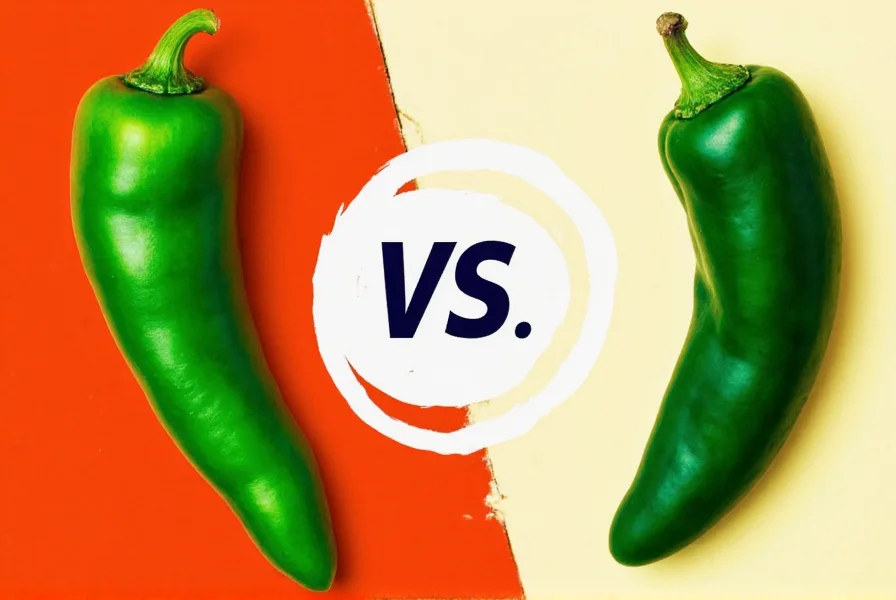









 浙公网安备
33010002000092号
浙公网安备
33010002000092号 浙B2-20120091-4
浙B2-20120091-4